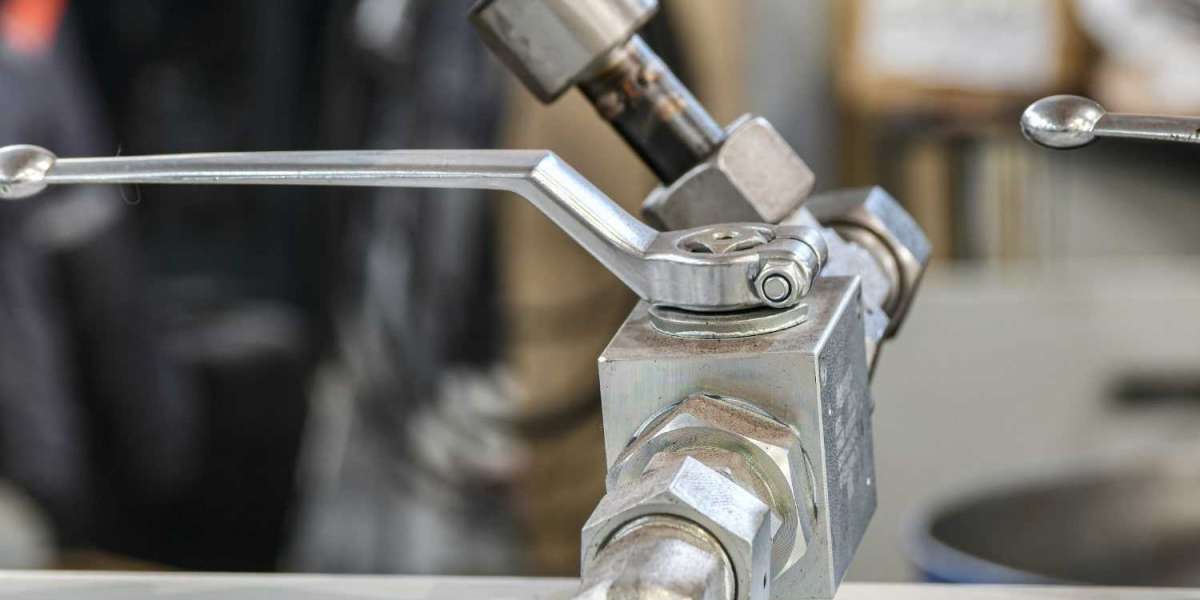A high pressure ball valve is a critical component in many industrial processes, designed to control the flow of fluids or gases under extremely high-pressure conditions. This type of valve is specifically engineered to withstand and regulate pressures that can range from several hundred to several thousand pounds per square inch (PSI). Its importance lies in its ability to maintain the integrity of pipelines, prevent leaks, and control the flow of substances in demanding industrial environments.
Structure and Function:
High-pressure ball valves consist of several key components:
Body: The valve body provides the main structure and houses the other components. It is typically made of durable materials such as stainless steel or alloy steel to withstand high pressures.
Ball: At the heart of the valve is a spherical ball with a central bore. This ball has a hole through which fluid or gas can pass when the valve is open and can be rotated to block flow when closed.
Seat: The valve seat is a sealing surface within the valve body against which the ball presses when in the closed position. It prevents leakage.
Stem: The stem is connected to the ball and is responsible for rotating the ball to open or close the valve. It extends outside the valve body, allowing for manual or automated operation.
Actuator: In automated systems, an actuator is used to control the valve's operation. This can be an electric motor, pneumatic, or hydraulic actuator, depending on the application.
Functionality:
High-pressure ball valves operate on a simple yet effective principle. When the valve is in the open position, the ball's bore aligns with the pipeline, allowing fluid or gas to flow through. Rotating the ball 90 degrees closes the valve, blocking the flow by aligning the bore perpendicular to the pipeline. The seat provides a tight seal when the valve is closed, preventing any leakage.
Applications:
These valves find application in various industries, including oil and gas, petrochemical, power generation, and manufacturing, where high-pressure fluid or gas control is essential. They are used in pipelines, hydraulic systems, steam systems, and other critical processes that demand precise control and high-pressure resistance.
In conclusion, high pressure ball valve are indispensable components in many industrial operations due to their robustness and reliability in regulating fluid and gas flow under extreme pressure conditions. Their simple yet effective design ensures the safety and efficiency of numerous industrial processes, making them a vital part of modern engineering and manufacturing.
For more information visit chinaoemvalve.





